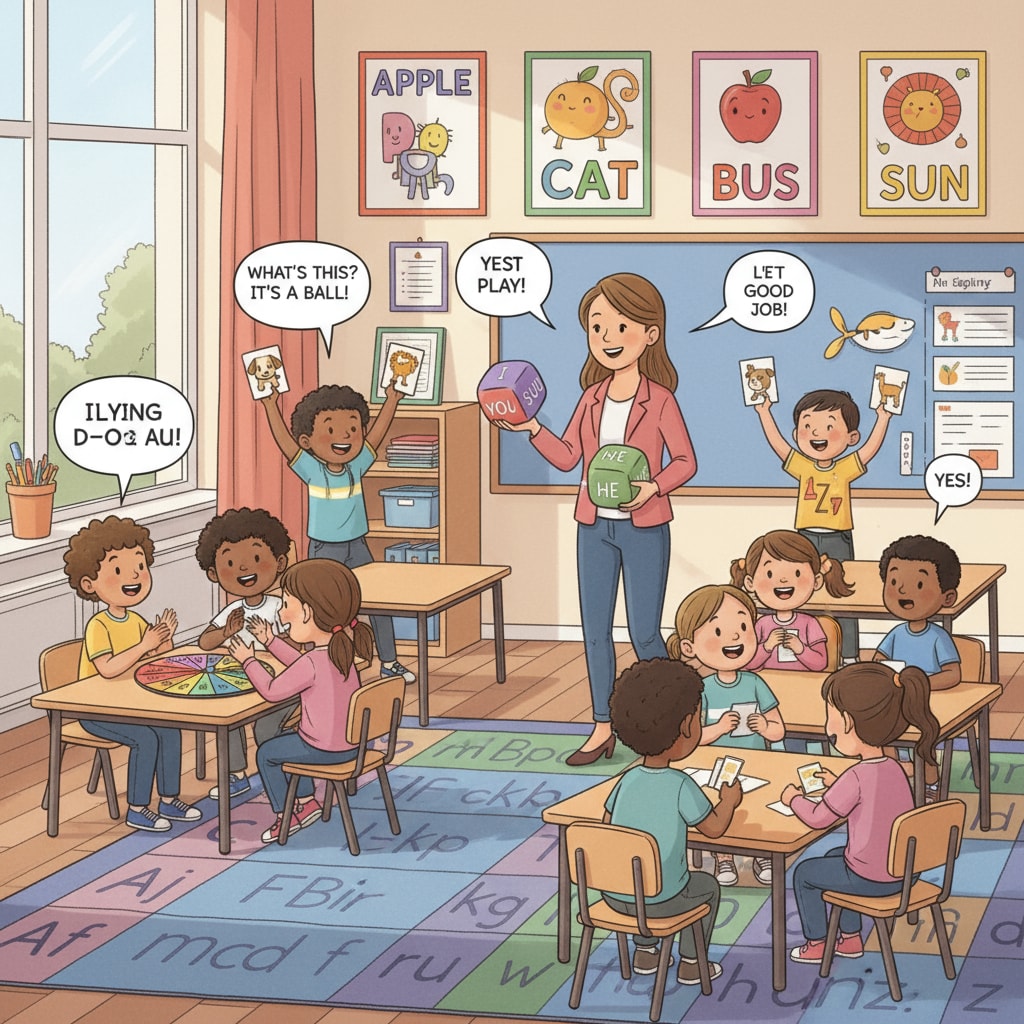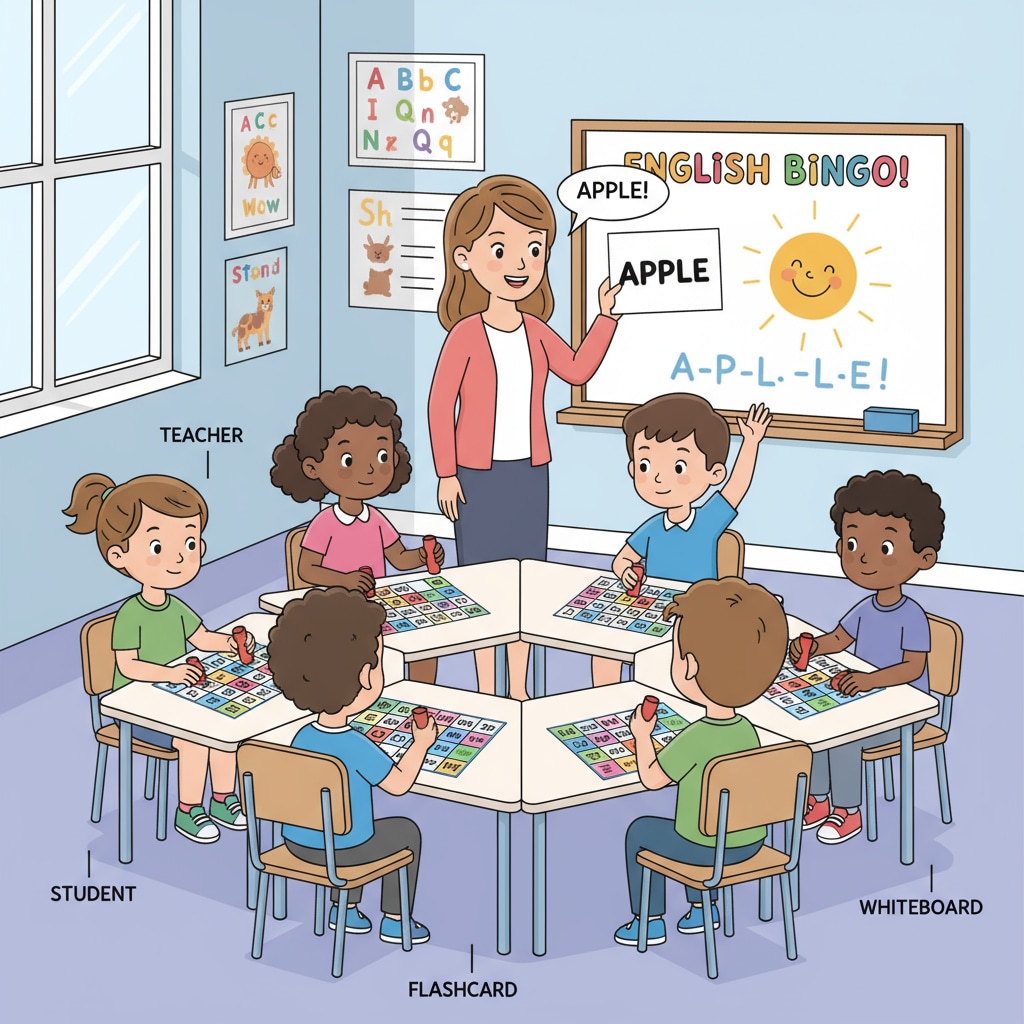Second language teaching for lower primary grades involves a variety of teaching methods that aim to engage young learners. In this article, we will compare these methods to determine their effectiveness.

As children at this stage have unique cognitive characteristics, choosing the right teaching approach is crucial.
Game – based Learning: A Fun Path to Language Acquisition
Game – based learning is a popular method in second language teaching for lower primary grades. Games make the learning process enjoyable and engaging. For example, vocabulary bingo games can help students learn new words. By turning language learning into a game, children are more motivated to participate. According to TEFL.net’s insights on teaching English to children, games can also improve students’ concentration and memory. This method capitalizes on children’s love for play, making it an effective way to introduce and reinforce language concepts.

Immersion Teaching: Creating a Language – rich Environment
Immersion teaching exposes students to the second language in a natural and continuous way. In an immersion classroom, English is used as the medium of instruction for various subjects. This helps students develop language skills in a more authentic context. For instance, reading English storybooks aloud in class can enhance their listening and comprehension skills. Britannica’s page on immersion education states that immersion can lead to better language proficiency as students are constantly surrounded by the target language. It allows them to pick up language patterns and expressions more intuitively.
Digital tools are also making a significant impact on second language teaching for lower primary grades. Educational apps and online platforms offer interactive content. For example, there are apps with animated lessons and quizzes. These tools can adapt to individual learning paces. As a result, students can learn at their own speed, which is beneficial for their language development. In addition, digital resources can provide multimedia experiences, combining audio, video, and text to make learning more engaging.
Readability guidance: Each of these teaching methods has its own advantages. Game – based learning uses fun to attract students, immersion creates a language – rich environment, and digital tools offer personalized learning experiences. Educators should consider the cognitive characteristics of lower primary students when choosing the most suitable teaching approach to enhance second language acquisition.


